Magic Medicine
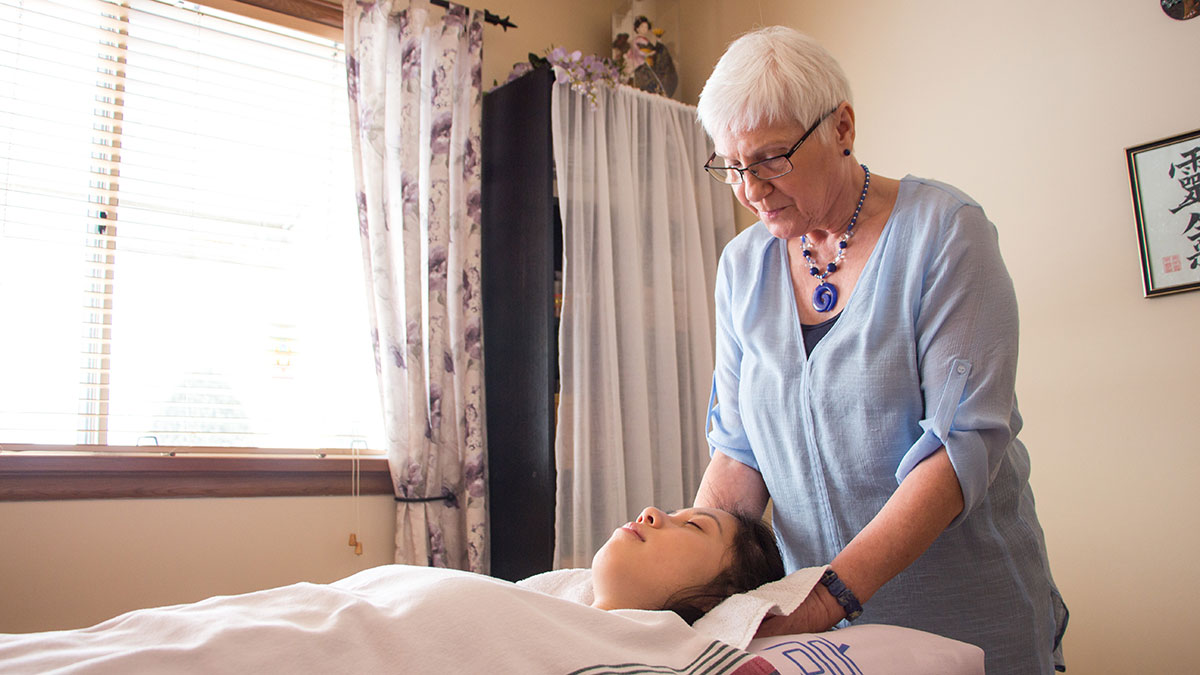 Spencer Nichols
Spencer NicholsReikie still raises eyebrows, but it’s growing a local group of believers.
Marianne Goestch was as skeptical as most when it came to reiki. But nearly 20 years later, she claims that it changed her life.
In the late 1990s, Goestch was in a higher management position in the corporate world, but the stress and pressures of the position led to a downward spiral into depression.
“I started to experience really high emotions, and a lot of things bothered me more,” she says. “Something was wrong and I couldn’t pin-point it.”
A trip to Germany in 1997, though, exposed her to the benefits of reiki — a spiritual vibrational healing practice developed in Japan by Mikao Usui, in 1922. After being introduced to a reiki teacher, the conversation that ensued left Goestch in complete disbelief.
“I was wondering ‘who does she think she is?’” Goestch recalls, stating that the teacher immediately sensed her doubt. But a trip to the teacher’s practice, where she received a treatment and watched others’ treatment in action, led to a complete shift in her perspective.
“It was life-changing,” she says. “I was astounded by the difference in how (clients) were when they came in and how they were when they left.”
Following visits led to lessons for Goestch, who is now a reiki master and teacher who runs her practice from her home in northwest Edmonton. After giving up her corporate job, reiki is now her full-time job as she helps her clients cope with conditions including cancer, heart disease, chronic pain, infertility, depression and sleep issues. She says the universe made her go in the direction of reiki, and she hasn’t looked back since.
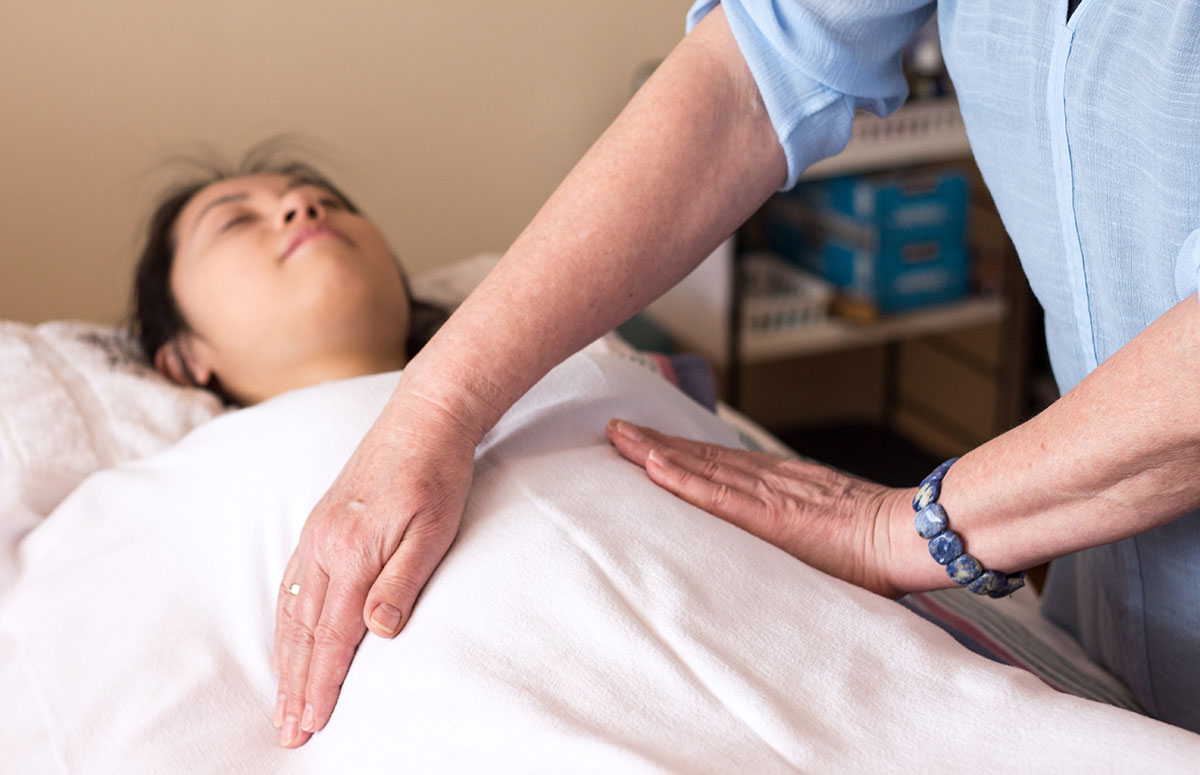
The Four Levels of Energy
According to Goestch, conventional medicine only heals the physical level of the body. Reiki, though, eases the body and mind into a highly relaxed meditation-like state, which encourages balance on the physical, mental, emotional and spiritual levels.
By doing so, she says reiki supports wellbeing and strengthens people’s natural ability to heal.
“The body is constantly in contact with all four levels,” Goetsch says. “Only when these four levels are in harmony is when we can heal, when we feel comfortable and when we feel healthy.”
The key catalyst to achieve balance, however, is energy. Goestch says reiki stems from the concept of universal energy, which activates, releases and transforms peoples’ internal energy on all four levels through a light, hands-on technique.
The body absorbs “life force” energy through the spiritual body, which then flows through the mental and emotional bodies for distribution to the physical body through the human energy centers known as “chakras,” she explains.
Each chakra corresponds to certain physical systems and their related organs. Therefore unbalanced emotions, thoughts, attitudes and feelings interfere with the body’s flow of energy, which could lead to decreased natural energy and immunity due to an accumulation of negative energy within the physical body.
“It’s not the practitioner pushing the energy in. It is the client towing it,” Goestch says, adding that reiki is a non-invasive energy practice that requires clients to direct the energy to where it is needed.
“The practitioner is really just a tool or a channel.”
The energy is channelled in through a person’s aura — which is the first energy interphase that bridges the physical and the spiritual levels of the body. But only the individual’s body knows where to direct this energy for healing, Goestch says.
“Reiki is the same (universal) energy, but people are all different and have their own different conditions,” she says. “Some people have headaches and they want me to treat their head because of the physical pain but the root of that headache may be in a different part of the body.”
To align the four levels of the body, the healing practice includes a standard treatment where the practitioner places their hands in different places on, or above, the body. A standard Reiki session takes between 45 and 90 minutes, and may cost anywhere between $50 to $150 in Central Alberta, where the average price is around $70.
Goetsch notes that most people actually fall asleep after two or three minutes because it is so relaxing. However, Reiki still works because a client isn’t supposed to do anything except relax.
“Regular Reiki treatments can lead to great results,” she says recalling one of her success cases — a male client who was able to overcome his malignant liver cancer.
“(His doctors) said they couldn’t do much for him, which is when he came to me,” she reflects.
After pushing through his doubts, he went for his first session with Goestch, who worked on re-building his positive attitude as she provided him with treatments.
After four months of weekly sessions, and some do-at-home treatments, Goetsch says that his following checkup revealed that his cancer had shrunk enough for it to be operable. This eventually led to two operations that took out all the liver cancer and led to her client’s full recovery.
“It is these experiences with clients that allow me to stand 100 per cent behind reiki,” Goetsch says.
A 2013 study by researchers at the McMaster Institute of Applied Radiation Sciences reveals that alternative medicine techniques such as reiki produce “very good” outcomes for patients with intractable pain and chronic illnesses.
The data found in their study suggested that alternative techniques altered the response of cells to radiation. As a result, it concluded that practices such as reiki could have therapeutic gain during radiotherapy — commonly used to treat cancer.
“This is all proven,” Goetsch says. “It is not just hocus pocus.”
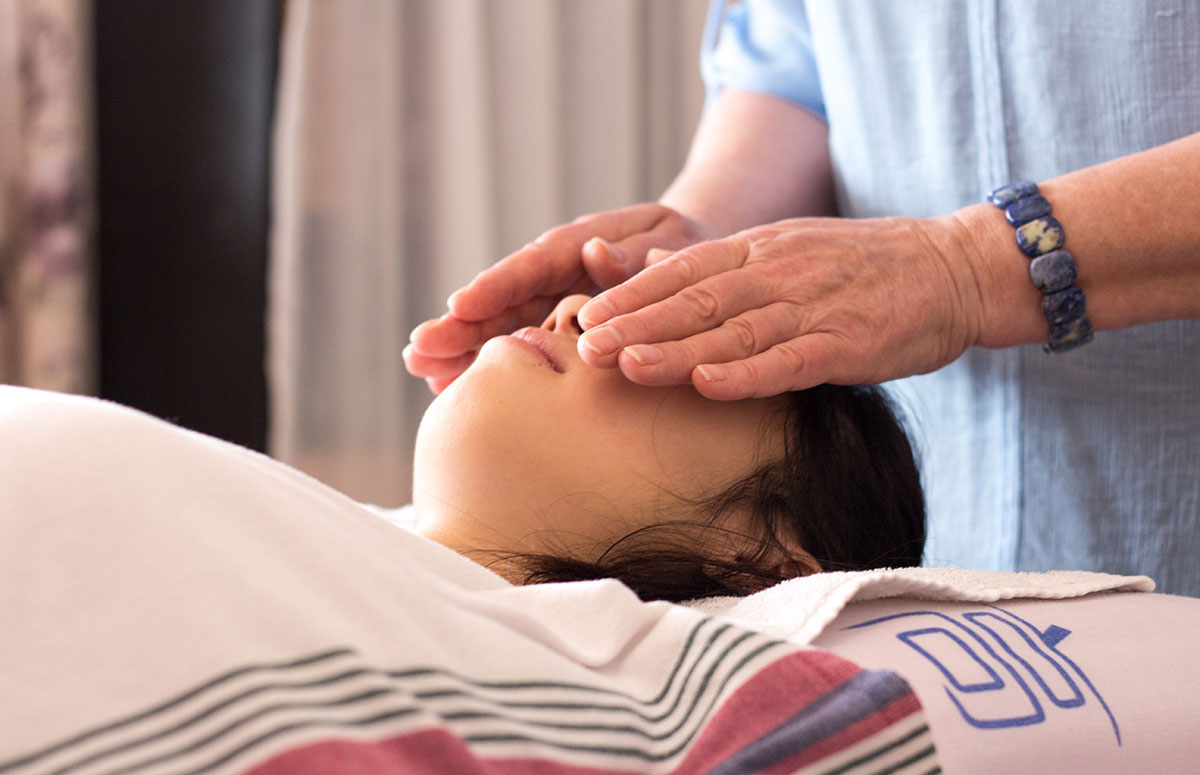
Spirituality and Alternative Treatment
Donna Dux, a reiki master who runs her own practice in Wetaskiwin, AB says she’s received feedback from several people on how reiki threatens their religious beliefs. This prevents people from going for a Reiki session, making it one of the major challenges the practice faces today.
However, reiki has the potential to strengthen an individual’s connection with their religion, Goestch explains.
“The more you develop in the spiritual way, the stronger this healing energy will get,” Goestch says, noting that in this case “spirituality has absolutely nothing to do with religion.”
Dux points out that Reiki is more of a complementary practice than an alternative one.
Alternative medicine would be something one would replace conventional medicine such as acupuncture, osteopathy or chiropractic, she says.
“As a Reiki practitioner we would never suggest to someone to do reiki in place of medical treatment,” Dux says. “But you also don’t need to have a medical problem to receive Reiki.”
Reiki is now gaining popularity worldwide as a complementary healing practice as it is used more and more in hospitals, nursing homes and hospices.
Goestch is part of the University of Alberta’s Complementary Alternative Research and Education (CARE) program. The program offers alternative medicinal treatment to patients at the Stollery Children’s Hospital who are participating in the Pediatric Integrative Trial.
Director of the CARE Program, Sunita Vohra says that many children in the hospital suffer from pain, anxiety, nausea, and vomiting. Despite having prescription pills to control these symptoms, these usually come with side effects such as sedation.
“Patients want the opportunity to reduce symptoms without necessarily being asleep,” Vohra says.
This is the reason why they are studying the effectiveness of complementary therapies, such as Reiki, which have been suggested to be helpful for some of these symptoms.
“Complementary therapies are of great interest to patients,” she says. “We think good quality evidence is helpful to guide decision-making.”
The trial, which started in 2013, also treats patients by integrating the use of complementary and alternative medicine with conventional medical practices. Goetsch says that the success of the trial has resulted in even more hospital wings opening up to them in the next trial, which began on Jan. 19 2015.
She says that she would like to see conventional and alternative medicine work together in harmony within society and in health institutions.
“We need both,” Goetsch says. “We cannot just heal the physical body because we have four levels that have to be in balance to heal.”

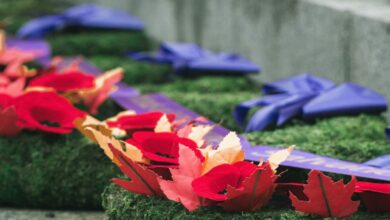
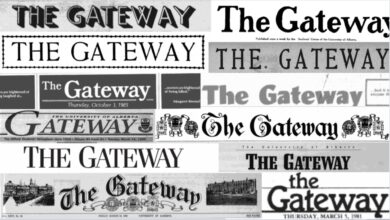
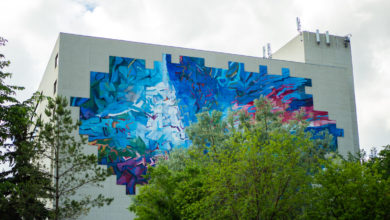
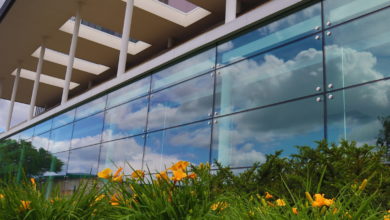
No, I’ve never received reiki. Because it’s quackery.
Wow R, your comment is disheartening and proves that you’ve never received Reiki. It’s an unexplainable feeling. Many people have had their cancer reduced or cured by receiving energy healing such as Reiki.
I applaud Marianne Goestch for leaving the corporate world and making an impact in people’s lives in a positive way by providing Reiki. Whether you agree with what she’s doing or not, it still takes a lot of courage to not only stray from the corporate world, but to start your own business providing a service that most people either know nothing or very little about, or that some consider to be “quackery”.
Barf.
Now that I’ve vomited, I’ll sell you that barf for $150 and tell you to rub it on your tumour oh but also stick with real medicine too so I can take credit for its work.
Whats wrong with you? I am a Reiki Practitioner. I most certainly have no envidence personally of curing cancer but I do have evidence of its Relaxation and emotional healing benefits..your just awful